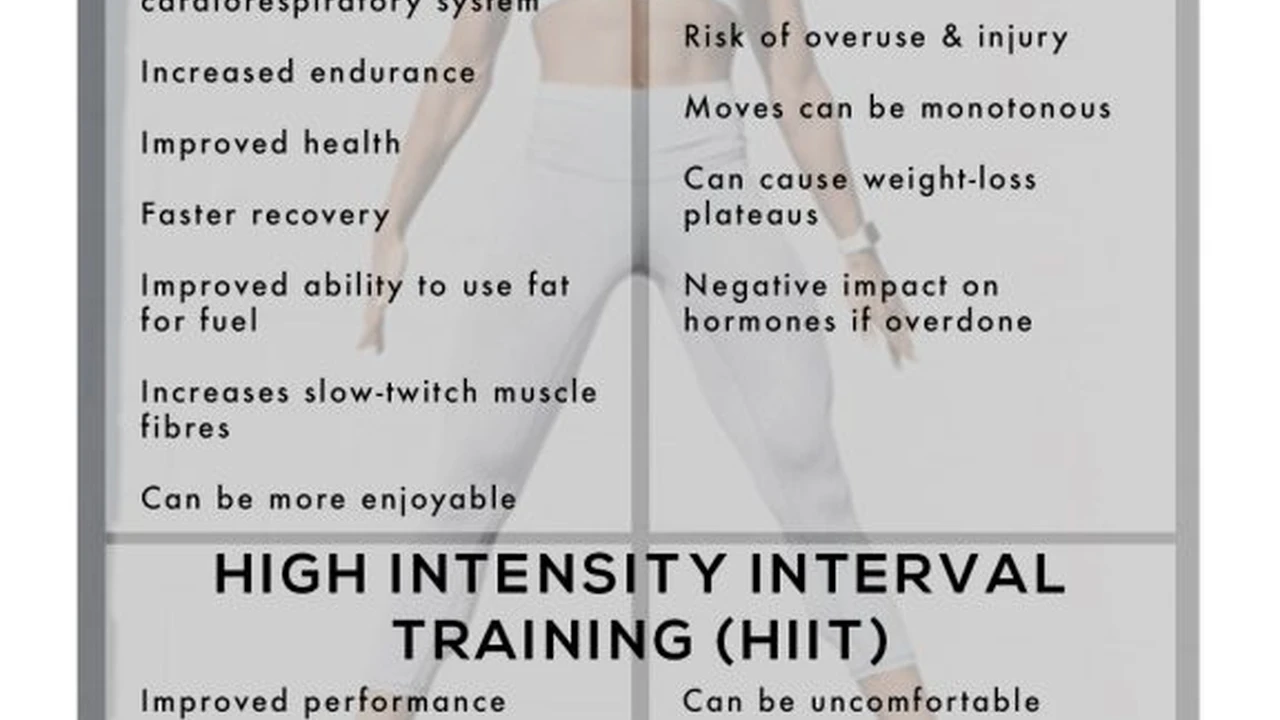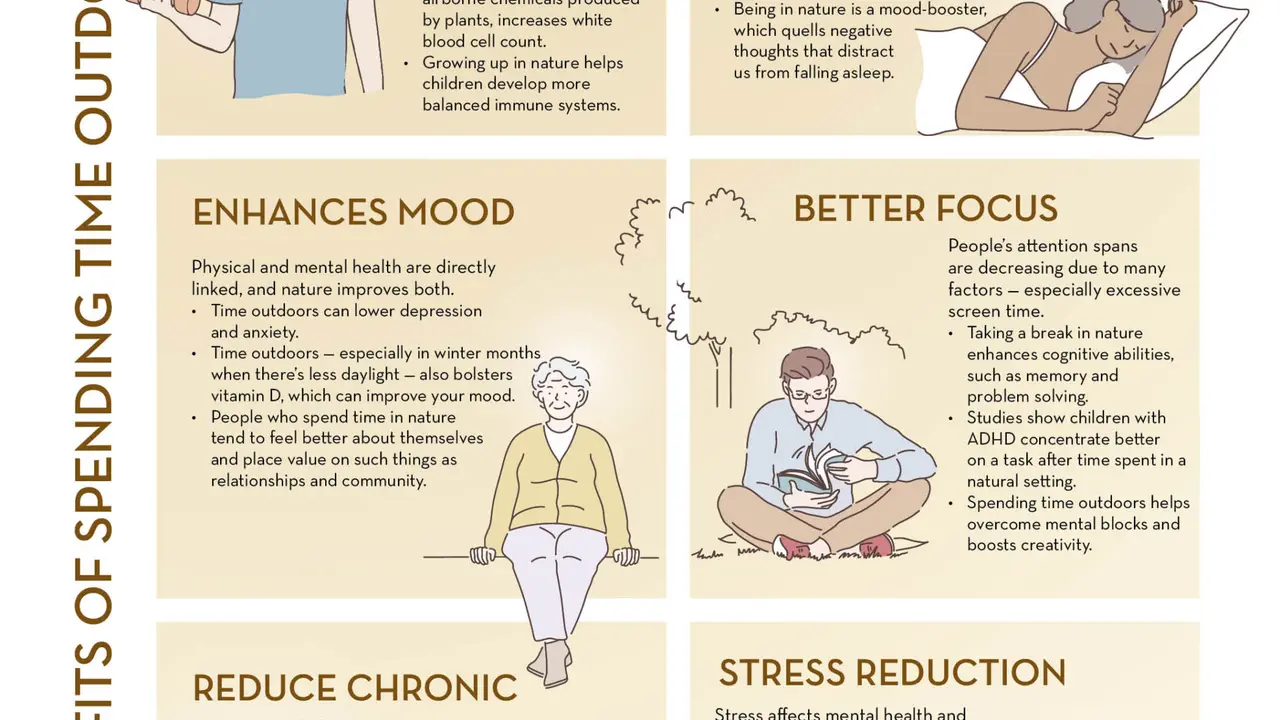Creating a Sustainable Lifestyle: Tips for Eco-Friendly Living
meta_description: Learn how to create a sustainable lifestyle and adopt eco-friendly practices. This guide covers essential tips for reducing your environmental impact. Contribute to a healthier planet and improve your well-being with sustainable living.

Understanding Sustainable Living The Foundation for a Greener Future
Sustainable living is more than just a trend; it's a fundamental shift in how we interact with the planet. It's about making conscious choices that minimize our environmental impact and ensure that future generations can enjoy the same resources we do. This involves understanding the interconnectedness of our actions and adopting practices that promote environmental, social, and economic well-being.
Think of it as living within the Earth's means, only taking what we need and replenishing what we use. It's about reducing waste, conserving resources, and choosing products and services that are environmentally friendly. It's a journey, not a destination, and every small change makes a difference.
Reducing Your Carbon Footprint Practical Steps for a Smaller Impact
One of the biggest contributions you can make to sustainable living is reducing your carbon footprint. Your carbon footprint is the total amount of greenhouse gases generated by your actions, from the energy you use to the food you eat. Here are some practical steps to minimize it:
- Transportation: Opt for sustainable transportation options like walking, cycling, or public transport whenever possible. If you need to drive, consider a hybrid or electric vehicle. Carpooling is another great way to reduce emissions.
- Energy Consumption: Reduce your energy consumption at home by using energy-efficient appliances, turning off lights when you leave a room, and unplugging electronics when they're not in use. Consider installing solar panels to generate your own renewable energy.
- Food Choices: Choose locally sourced, seasonal, and organic food whenever possible. Reduce your meat consumption, as meat production is a significant contributor to greenhouse gas emissions. Avoid food waste by planning your meals carefully and composting food scraps.
- Consumption Habits: Be mindful of your consumption habits and avoid buying things you don't need. Choose products with minimal packaging and support companies that are committed to sustainability.
Conserving Resources Water and Energy Conservation Techniques
Conserving resources is crucial for sustainable living. Water and energy are essential resources that are often taken for granted. Here are some techniques to conserve them:
- Water Conservation: Take shorter showers, fix leaky faucets, and use a low-flow showerhead and toilet. Collect rainwater for gardening and water your lawn and plants during the cooler hours of the day.
- Energy Conservation: Use energy-efficient light bulbs, insulate your home properly, and seal any drafts. Adjust your thermostat to save energy when you're away from home and use appliances efficiently.
Eco-Friendly Products and Alternatives Sustainable Choices for Your Home
Switching to eco-friendly products is a simple way to make your home more sustainable. There are many sustainable alternatives available for everyday products, such as:
- Cleaning Products: Choose natural cleaning products made with plant-based ingredients. Avoid products with harsh chemicals, as they can be harmful to the environment and your health. Brands like Seventh Generation, Mrs. Meyer's Clean Day, and Ecover offer a wide range of eco-friendly cleaning products.
- Personal Care Products: Look for personal care products made with organic and natural ingredients. Avoid products with parabens, sulfates, and other harmful chemicals. Consider using shampoo bars and reusable cotton rounds to reduce waste. Brands like Dr. Bronner's, Burt's Bees, and Lush offer sustainable personal care options.
- Household Items: Choose sustainable household items made from recycled materials or renewable resources. Opt for bamboo utensils, reusable food storage containers, and organic cotton towels.
Reducing Waste Composting and Recycling Strategies
Reducing waste is a key component of sustainable living. Composting and recycling are two effective strategies for minimizing waste and diverting materials from landfills.
- Composting: Composting is the process of breaking down organic matter, such as food scraps and yard waste, into a nutrient-rich soil amendment. You can compost in your backyard using a compost bin or tumbler, or you can participate in a community composting program.
- Recycling: Recycling is the process of collecting and processing used materials, such as paper, plastic, and glass, into new products. Familiarize yourself with your local recycling guidelines and recycle all eligible materials.
Sustainable Food Choices Locally Sourced and Organic Options
Making sustainable food choices is essential for reducing your environmental impact. Choosing locally sourced and organic options is a great way to support sustainable agriculture and reduce your carbon footprint.
- Locally Sourced Food: Buy food from local farmers markets or CSAs (Community Supported Agriculture) to support local farmers and reduce the distance your food travels.
- Organic Food: Choose organic food whenever possible, as it is grown without the use of synthetic pesticides and fertilizers.
- Reduce Meat Consumption: Meat production is a significant contributor to greenhouse gas emissions. Reduce your meat consumption by incorporating more plant-based meals into your diet.
Eco-Friendly Gardening Creating a Sustainable Backyard Oasis
Gardening can be a sustainable activity if you follow eco-friendly practices. Here are some tips for creating a sustainable backyard oasis:
- Use Organic Gardening Methods: Avoid using synthetic pesticides and fertilizers. Instead, use organic gardening methods, such as composting, mulching, and companion planting.
- Conserve Water: Water your plants efficiently by using a drip irrigation system or soaker hoses. Collect rainwater for gardening.
- Plant Native Species: Plant native species that are adapted to your local climate and require less water and maintenance.
- Attract Pollinators: Plant flowers that attract pollinators, such as bees and butterflies.
Supporting Sustainable Businesses Ethical Consumption and Fair Trade
Supporting sustainable businesses is a powerful way to promote sustainable practices and create a more ethical economy. Look for businesses that are committed to environmental sustainability, fair labor practices, and ethical sourcing.
- Ethical Consumption: Be mindful of the products you buy and choose products from companies that are transparent about their supply chains and labor practices.
- Fair Trade: Support fair trade products, which ensure that farmers and workers in developing countries receive fair wages and working conditions.
DIY Sustainable Projects Upcycling and Repurposing Ideas
DIY sustainable projects are a fun and creative way to reduce waste and give new life to old items. Here are some upcycling and repurposing ideas:
- Upcycle Old Clothes: Turn old t-shirts into reusable shopping bags or cleaning rags.
- Repurpose Glass Jars: Use glass jars to store food or organize your pantry.
- Turn Pallets into Furniture: Create outdoor furniture from reclaimed pallets.
Sustainable Fashion Eco-Friendly Clothing Choices
The fashion industry is a significant contributor to pollution and waste. Here are some tips for making sustainable fashion choices:
- Buy Secondhand Clothing: Shop at thrift stores or consignment shops to find gently used clothing.
- Choose Sustainable Fabrics: Look for clothing made from sustainable fabrics, such as organic cotton, hemp, bamboo, and recycled materials.
- Support Ethical Brands: Support brands that are committed to ethical labor practices and environmental sustainability.
Sustainable Travel Minimizing Your Impact While Exploring the World
Traveling can be a rewarding experience, but it can also have a significant environmental impact. Here are some tips for minimizing your impact while exploring the world:
- Choose Eco-Friendly Accommodations: Stay at hotels or guesthouses that are committed to sustainability.
- Use Public Transportation: Use public transportation or walk whenever possible.
- Pack Light: Pack light to reduce your carbon footprint.
- Respect Local Culture: Be respectful of local culture and traditions.
The Role of Technology in Sustainable Living Smart Home Solutions
Technology can play a significant role in promoting sustainable living. Smart home solutions can help you reduce your energy consumption, conserve water, and manage your resources more efficiently.
- Smart Thermostats: Smart thermostats can learn your habits and automatically adjust the temperature to save energy.
- Smart Lighting: Smart lighting systems can be programmed to turn off lights when you're not in a room.
- Smart Irrigation Systems: Smart irrigation systems can water your lawn and plants efficiently based on weather conditions.
Community Involvement Joining Local Environmental Initiatives
Getting involved in your community is a great way to support sustainable living. Join local environmental initiatives, such as community gardens, recycling programs, and environmental advocacy groups.
Inspiring Stories of Sustainable Living Individuals Making a Difference
There are many inspiring stories of individuals who are making a difference in the world through sustainable living. These stories can inspire you to take action and make a positive impact.
Featured Products for Sustainable Living
Here are some specific product recommendations to help you on your sustainable living journey:
- Reusable Shopping Bags: Baggu Standard Baggu (approx. $12). Made from durable, recycled nylon, these bags are lightweight, foldable, and can hold up to 50 lbs. Great for grocery shopping, farmers markets, and everyday use. Compare to cheaper, less durable plastic bags which contribute to landfill waste. Available in various colors and patterns.
- Water Filter Pitcher: Brita Everyday Pitcher (approx. $30). Reduces chlorine, lead, and other contaminants in tap water. A sustainable alternative to buying bottled water, saving money and reducing plastic waste. Consider the ongoing cost of filter replacements (approx. $6 per filter). Compare to purchasing bottled water, which is more expensive and environmentally damaging.
- Compost Bin: Epica Stainless Steel Compost Bin (approx. $25). A small, countertop compost bin perfect for collecting food scraps. Helps reduce food waste and create nutrient-rich compost for your garden. Choose a stainless steel bin for durability and odor control. Compare to throwing food scraps in the trash, which contributes to landfill waste.
- Solar Charger: Anker PowerCore Solar 10000 (approx. $35). A portable solar charger for your phone and other devices. Harness the power of the sun to charge your electronics, reducing your reliance on electricity. Ideal for camping, hiking, and travel. Compare to traditional wall chargers, which consume electricity.
- Bamboo Toothbrush: Brush with Bamboo Toothbrush (approx. $5). A biodegradable toothbrush made from bamboo. A sustainable alternative to plastic toothbrushes, which contribute to ocean pollution. Replace every 2-3 months as recommended by dentists. Compare to plastic toothbrushes, which are non-biodegradable and end up in landfills.
The Future of Sustainable Living Innovations and Trends to Watch
Sustainable living is a constantly evolving field. Here are some innovations and trends to watch:
- Circular Economy: A circular economy is an economic system that aims to eliminate waste and pollution by keeping materials in use for as long as possible.
- Regenerative Agriculture: Regenerative agriculture is a farming system that focuses on improving soil health and biodiversity.
- Sustainable Packaging: Sustainable packaging is packaging that is made from recycled materials or renewable resources and is designed to be easily recyclable or compostable.
Every effort, no matter how small, contributes to a more sustainable and healthy planet. Start today, and let's build a greener future together!
:max_bytes(150000):strip_icc()/277019-baked-pork-chops-with-cream-of-mushroom-soup-DDMFS-beauty-4x3-BG-7505-5762b731cf30447d9cbbbbbf387beafa.jpg)






